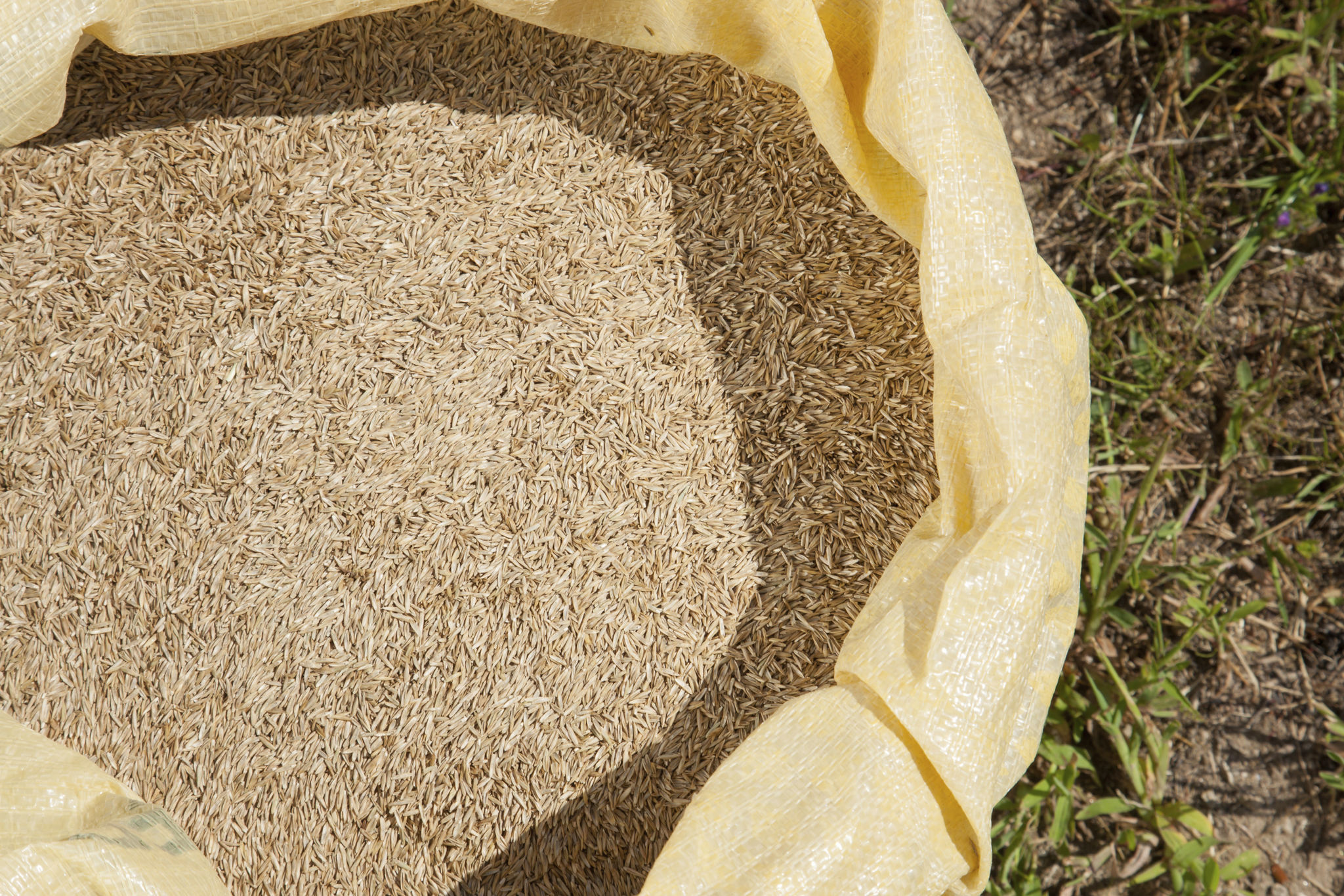How to Prepare Your Lawn for Spring in Massachusetts
Understanding the Massachusetts Climate
Preparing your lawn for spring in Massachusetts requires understanding the unique climate of the region. Massachusetts experiences cold winters with heavy snowfall and relatively mild, wet springs. This means your lawn may be coming out of a period of dormancy, and it will need proper care to flourish as temperatures rise.
Before diving into lawn care, it's important to evaluate the state of your lawn after winter. Look for any signs of damage or disease that might have occurred due to snow and ice. Pay attention to areas that may have pooled water or excessive bare patches.

Clearing Debris and Thatch
One of the first steps in preparing your lawn for spring is clearing away debris. Remove fallen branches, leaves, and any other debris that has accumulated over the winter months. This will help prevent mold and disease from developing as the weather warms up.
Thatch, a layer of dead grass and roots, can also accumulate during winter. Use a thatch rake or a dethatching machine to remove it. Thatch inhibits water and nutrient absorption, so removing it can significantly improve lawn health.
Aerating the Soil
After dethatching, aerate your lawn to ensure proper airflow and water penetration. Aeration involves perforating the soil with small holes to allow air, water, and nutrients to reach the grass roots. In Massachusetts, it's best to aerate in early spring when the grass is actively growing.

Fertilizing for Growth
Spring is an ideal time to fertilize your lawn, as it will provide the nutrients needed for growth during the active growing season. Choose a balanced fertilizer specifically designed for spring application. Look for one with a mix of nitrogen, phosphorus, and potassium.
Apply the fertilizer evenly across your lawn, following the recommended application rates on the packaging. Over-fertilizing can harm your lawn, so it's crucial to apply the correct amount.
Seeding Bare Patches
If you notice any bare patches on your lawn, now is the time to reseed them. Choose a grass seed blend suitable for Massachusetts, considering factors such as sun exposure and soil type. Lightly rake the soil in these areas, spread the seed evenly, and cover it with a thin layer of soil or compost.

Regular Watering and Maintenance
As temperatures rise, regular watering becomes essential. Water your lawn early in the morning to minimize evaporation and allow the grass to dry before nightfall. Aim to provide about an inch of water per week, either through rainfall or supplemental irrigation.
Finally, implement a consistent mowing schedule. Keep your grass at an optimal height—generally around 2.5 to 3 inches—to promote deep root growth and prevent weeds. Sharpen your mower blades regularly to ensure a clean cut that reduces stress on your grass.
By following these steps, you'll set your Massachusetts lawn up for a lush and vibrant spring season, ready to enjoy as soon as warmer weather arrives.
